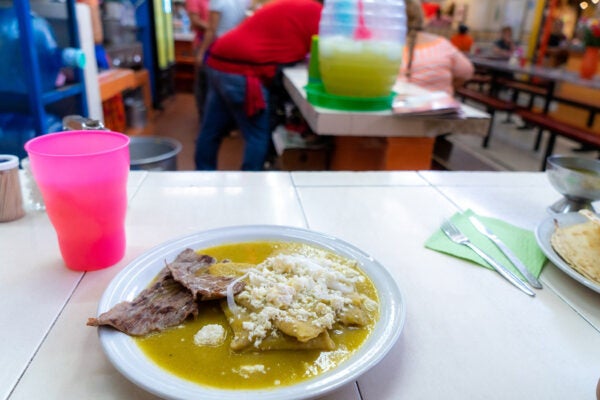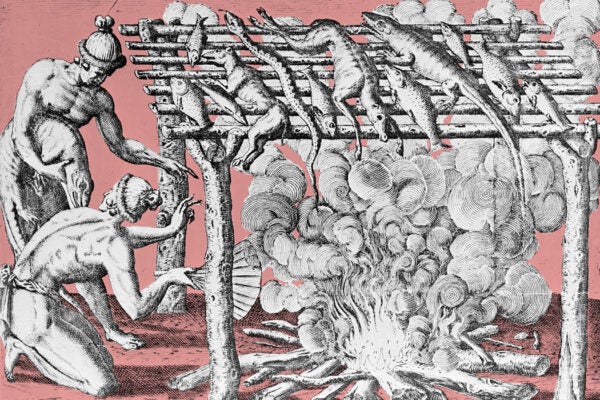Yelp and the Quest for Authentic Cuisines
How do affluent urban diners judge the “authenticity” of an eatery? By relying on certain stereotypes, if their Yelp reviews are anything to go by.
Spanish Colonists were Desperate for European Food
Spanish colonists in the Americas were terrified that their essential humors would change if they ate local food.
Wheely Good Reviews: How Michelin Forms Foodie Ideology
The French Michelin guide is an authoritative voice in the world of fine dining, but when it arrived on the American food scene, it was met with a chilly reception.
Sanitizing Foreign Food at the World’s Fair
At the 1915 San Francisco Panama-Pacific International Exposition, “food purity” was shorthand for food manufactured without the help of a racially diverse labor force.
The Irish Fasting Tradition
Particularly before the Second Vatican Council (a.k.a. Vatican II), fasting was part of the Catholic calendar. No one took it more seriously than the Irish.
Feeding a City the Municipal Way
Between 1790 and 1860, New York City’s food markets were public, sustained by active government involvement. What happened?
How do South Asian Americans Remember Home Cooking?
Culinary discourse—whether in fiction, memoir, or cookbook—sets in motion an extended discussion about food, nostalgia, and national identity
Should We Teach K-12 Students the History of King Cake?
King cake, eaten during Carnival season in New Orleans, is more than just a sugar-sprinkled treat. Should students learn about its connections to white supremacy?
Aphrodisiacs of the Aztec and Inca
Aztec and Inca societies used a huge number of aphrodisiacs, from peanuts to hallucinogenic mushrooms to insect larvae.
Eating Seaweed in the Americas
From the kelp highway to blue plate kelp specials, seaweeds are gaining greater acceptance on the dining tables in the Americas.









